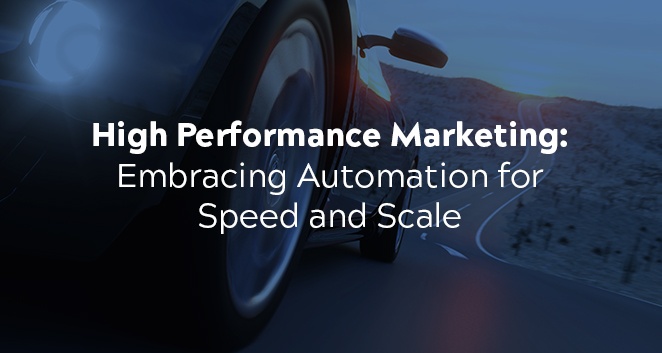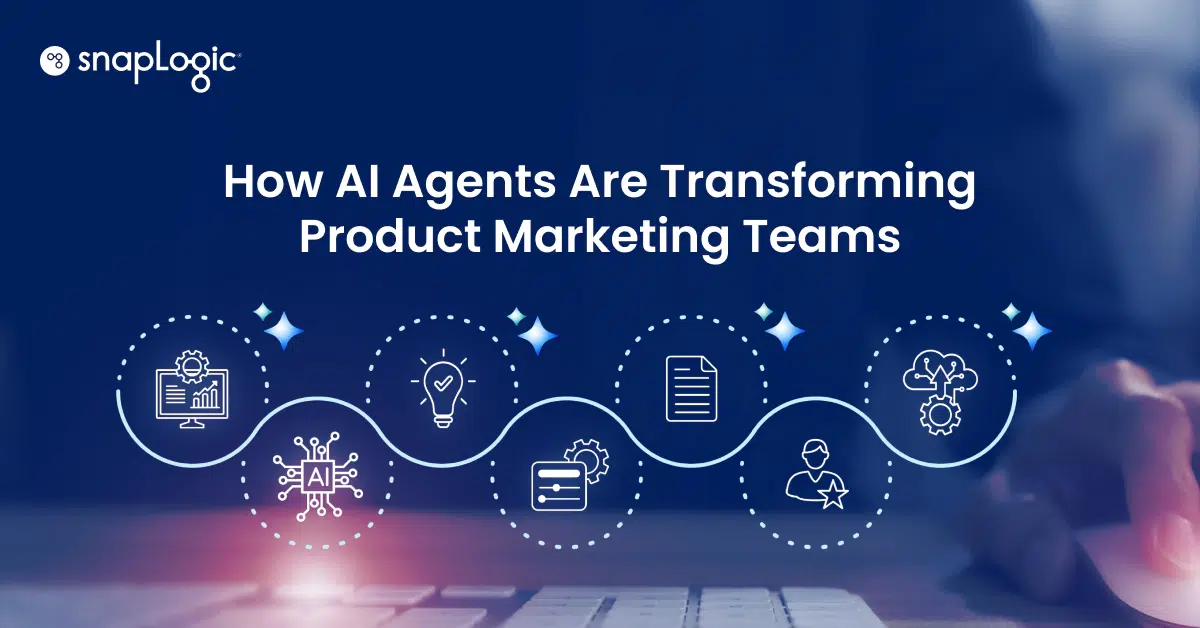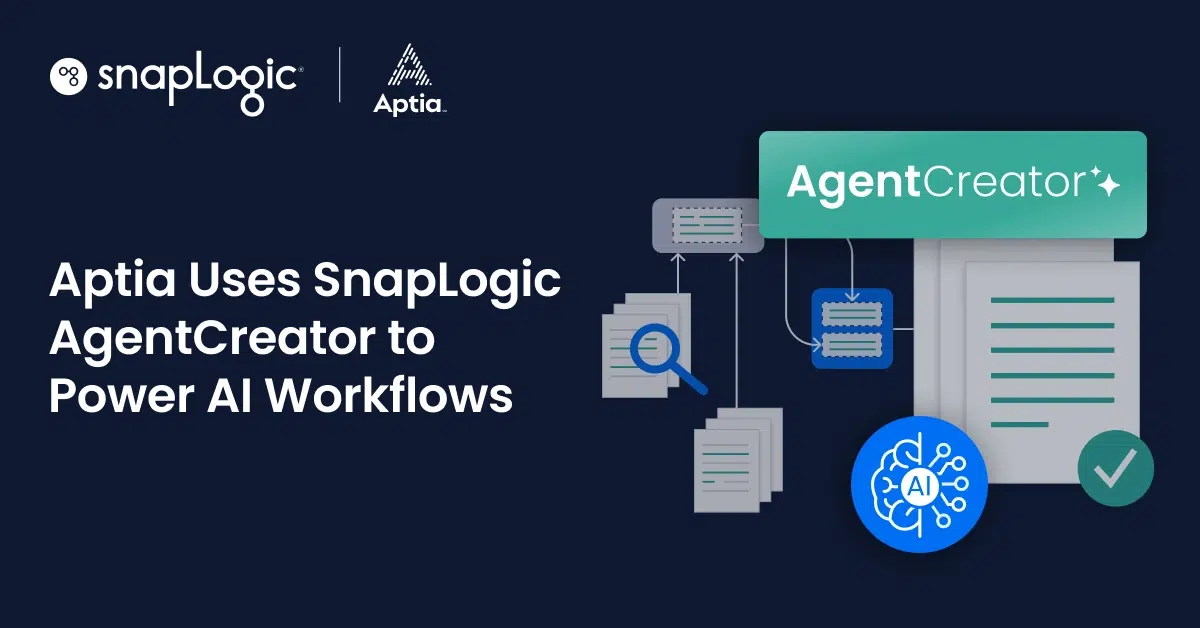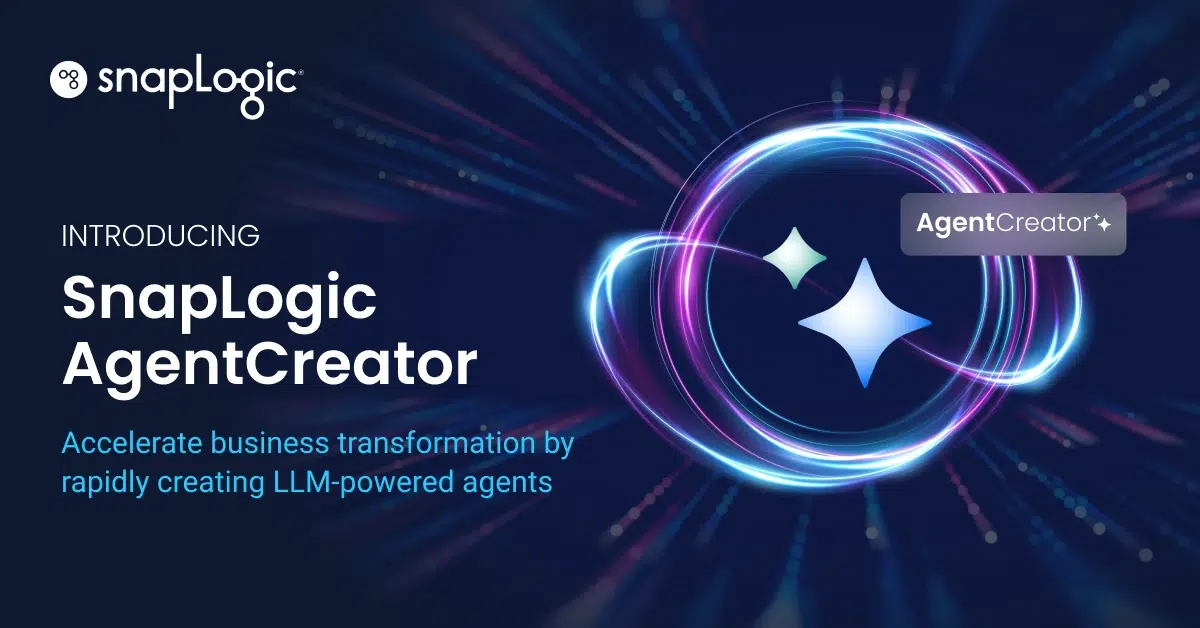Automation is happening across all business functions, whether it’s helping finance teams to close the books faster, or HR teams to ensure a smooth employee onboarding process. Getting automation right is especially important for marketing. By ridding teams of rote, repetitive work, automation can help marketers speed up, scale-out, and focus on those impactful activities that will drive the business forward.
But how should marketers get started with automation? This was the topic of SnapLogic CMO Dayle Hall’s presentation at last week’s Ascent Conference.
In his presentation, Dayle shared three marketing processes that are ripe for automation today:
- Managing Leads: Automating lead management helps to segment potential customers based on predefined criteria, highlighting prospects that are most likely to convert, while flagging to sales teams when a prospect hasn’t been spoken to in a while. Linking existing CRM tools and other marketing applications – such as Marketo, Hubspot, webinar and event platforms, and chatbots – and automating workflows between them can generate a holistic overview of prospect behavior, helping marketers focus on those leads that are most likely to become a customer.
- Cross-sell and Upsell: Marketing’s job doesn’t end when a prospect becomes a customer. A good marketer can help a new customer see the potential for more projects with the company, making room for cross-sell and upsell opportunities. Automation can help bring together all information within the organization about any customer – from sales, finance, customer support, and more. Get it right and you should be able to see everything from what products or services they have purchased, to what projects they are using those products for, to what marketing content they’ve accessed, to when their contract comes up for renewal – all of which helps you keep customer engaged and informed of new offerings and cross-sell and upsell opportunities.
- Retention and Loyalty: Getting new customers is one thing, keeping and growing existing customers is another. With automated systems, you can listen to and track customer interactions across multiple platforms, including internal systems of record as well as external sources like social media platforms or third-party review sites. In addition, voice and text analytics tools can help discern customer sentiment and satisfaction, predictive analytics tools can help you learn from the past and predict what the customer may do next, and triggered alerts and recommendations based on customer insights can align team members around actions that should be taken next.
As Dayle explained in his presentation, marketers have been investing in cloud apps and other accelerator tools for years. The challenge? While each best-of-breed app is fit-for-purpose and meets a particular need, no one tool can do it all leaving the organization to manage dozens upon dozens of disconnected apps and data sources. As a result, processes slow down, insights don’t get to the right people, IT teams struggle to keep up with integration requests – and worst of all, customer engagement and satisfaction suffer.
Investing in low-code, self-service, AI-powered integration and automation, where marketers are empowered to integrate their apps and data and automate their processes and workflows, is the first step to building and scaling a high-performing marketing organization.










